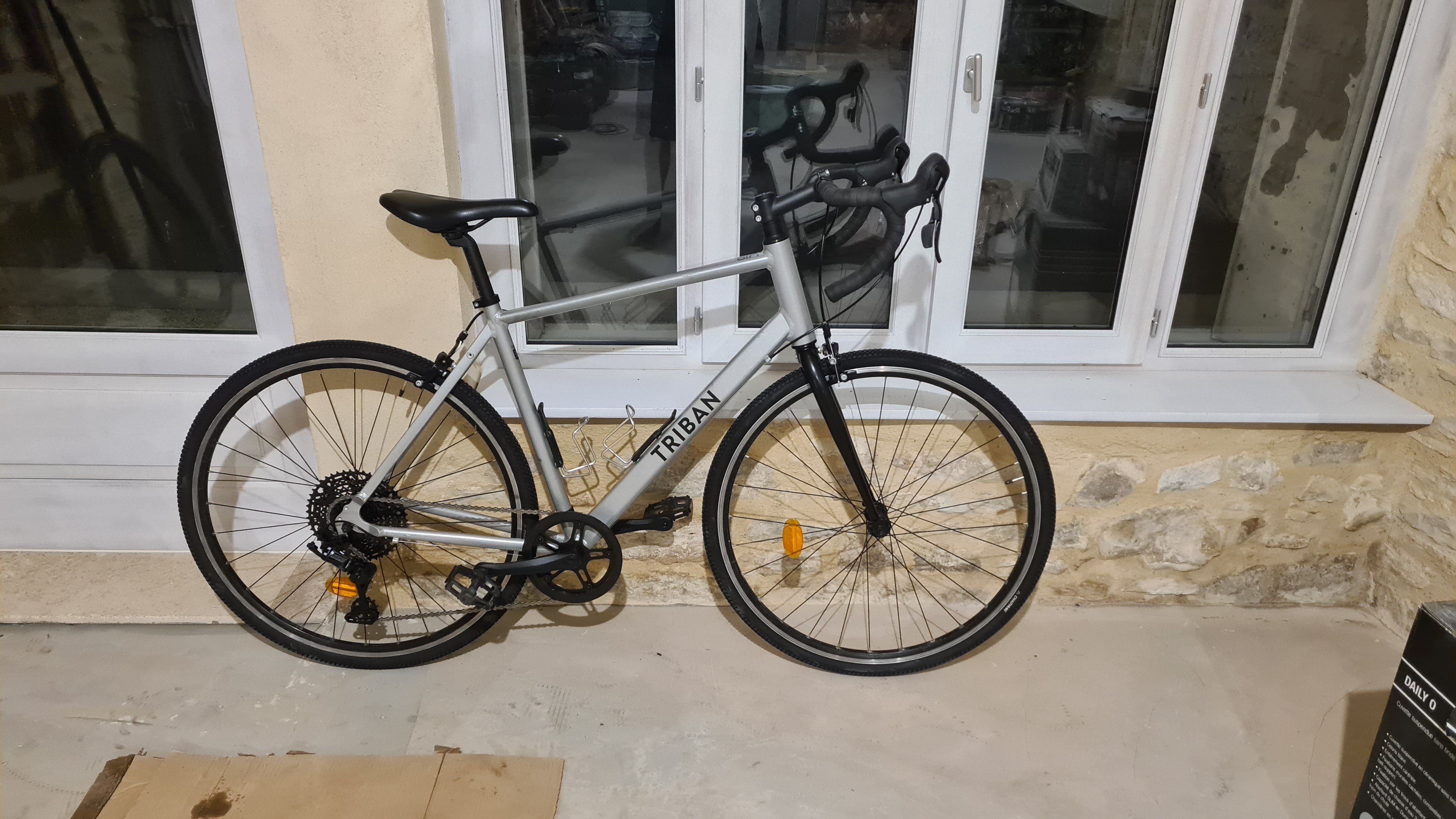this post was submitted on 27 Nov 2024
9 points (100.0% liked)
Bicycles
3130 readers
1 users here now
Welcome to [email protected]
A place to share our love of all things with two wheels and pedals. This is an inclusive, non-judgemental community. All types of cyclists are accepted here; whether you're a commuter, a roadie, a MTB enthusiast, a fixie freak, a crusty xbiking hoarder, in the middle of an epic across-the-world bicycle tour, or any other type of cyclist!
Community Rules
-
No bigotry - including racism, sexism, ableism, homophobia, transphobia, or xenophobia.
-
Be respectful. Everyone should feel welcome here.
-
No porn.
-
No ads / spamming.
-
Ride bikes
Other cycling-related communities
founded 2 years ago
MODERATORS
you are viewing a single comment's thread
view the rest of the comments
view the rest of the comments

Yup, with the recent MTB groupsets (and some gravel groupsets, aka "mullet" setups) chains need to have more links compared to road chains to cover the big ratios in their biggest cogs (50-52 teeth vs. 34-36 at most for road bikes) - add to that that MTB chains may not be compatible with road groupsets and viceversa. But if you check the info available for your groupset and your cassette you'll find what chains are compatible with it.
I can't tell what makes a groupset compatible or not with rim brake setups or disc brake setups, but one of the perks of Shimano is that is so widely available almost everywhere it'd be quite rare not to find documentation or a local bike shop where they can tell you what would be the best choice for your setup